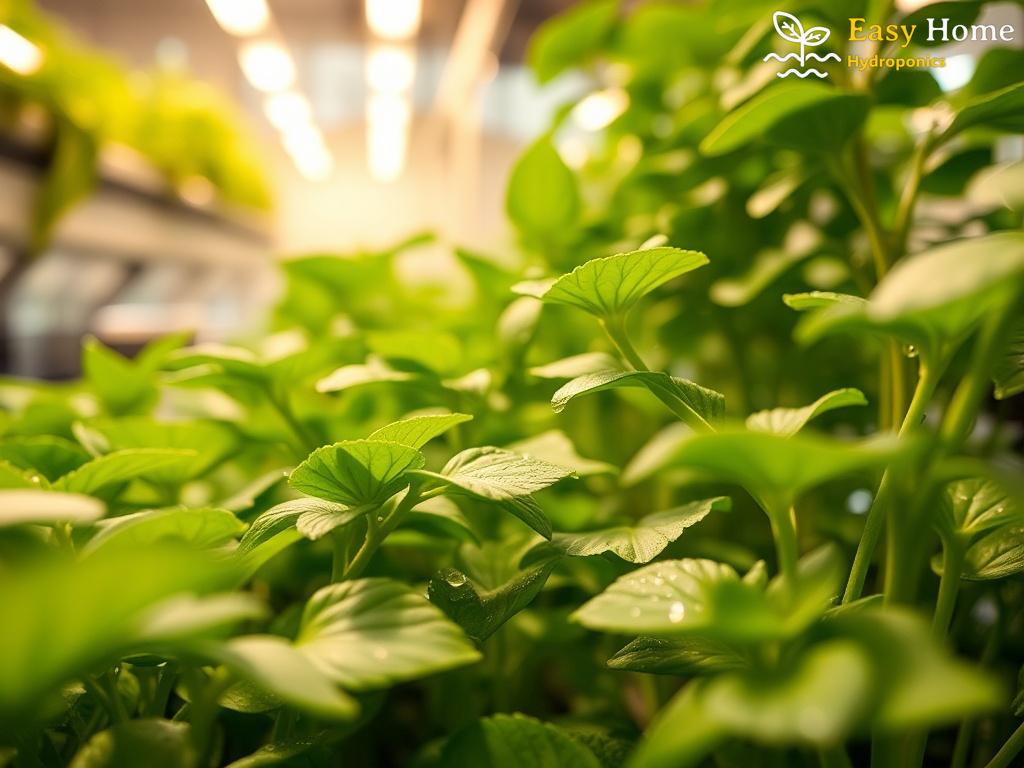Understanding Beneficial Nematodes
In the world of hydroponics, where plants are grown in nutrient-rich water rather than traditional soil, pest management becomes crucial. One of the most effective and environmentally friendly methods for controlling pests in these systems is through the use of beneficial nematodes. These microscopic roundworms are nature’s allies when it comes to maintaining a healthy plant ecosystem.
Beneficial nematodes, particularly those belonging to the Heterorhabditis and Steinernema genera, are predatory organisms that specifically target pest insects in their larval stage. By introducing these nematodes into your hydroponic setup, you can significantly reduce pest populations without resorting to chemical pesticides, which can be harmful to both plants and the ecosystem.
The Advantages of Using Beneficial Nematodes
Utilizing beneficial nematodes offers a plethora of advantages for hydroponic growers. Firstly, they are highly effective against a variety of soil-dwelling pests such as root weevils, fungus gnats, and nematodes themselves. Secondly, their application is straightforward and requires minimal equipment. Lastly, they contribute to a healthier growing environment, promoting the overall health of your hydroponic system.
Here is a concise overview of the benefits of incorporating beneficial nematodes in your hydroponics:
- Eco-Friendly Solution: They are a non-toxic alternative to chemical pesticides.
- Targeted Action: They specifically attack harmful pests, leaving beneficial organisms unharmed.
- Long-Lasting Effects: Once introduced, they can reproduce in the environment, providing ongoing pest control.
- Ease of Use: Application can be done through watering systems, making them user-friendly.
Implementing Beneficial Nematodes in Your Hydroponic System
To effectively implement beneficial nematodes, timing and application methods are key. It is recommended to apply them during the early stages of pest infestation to maximize their effectiveness. Depending on the pest type and life cycle, nematodes should be introduced when the pests are most vulnerable, typically in their larval stage.
Ensure that your hydroponic setup maintains optimal conditions for nematodes, including appropriate moisture levels and temperatures. Nematodes thrive in moist environments, and maintaining consistent humidity will enhance their survival rates and effectiveness. Additionally, avoid using chemical fertilizers and pesticides that could harm these beneficial organisms.
In conclusion, beneficial nematodes present a sustainable and effective solution for pest control in hydroponics. By integrating these natural predators into your growing practices, you can ensure a healthier yield while maintaining ecological balance.




